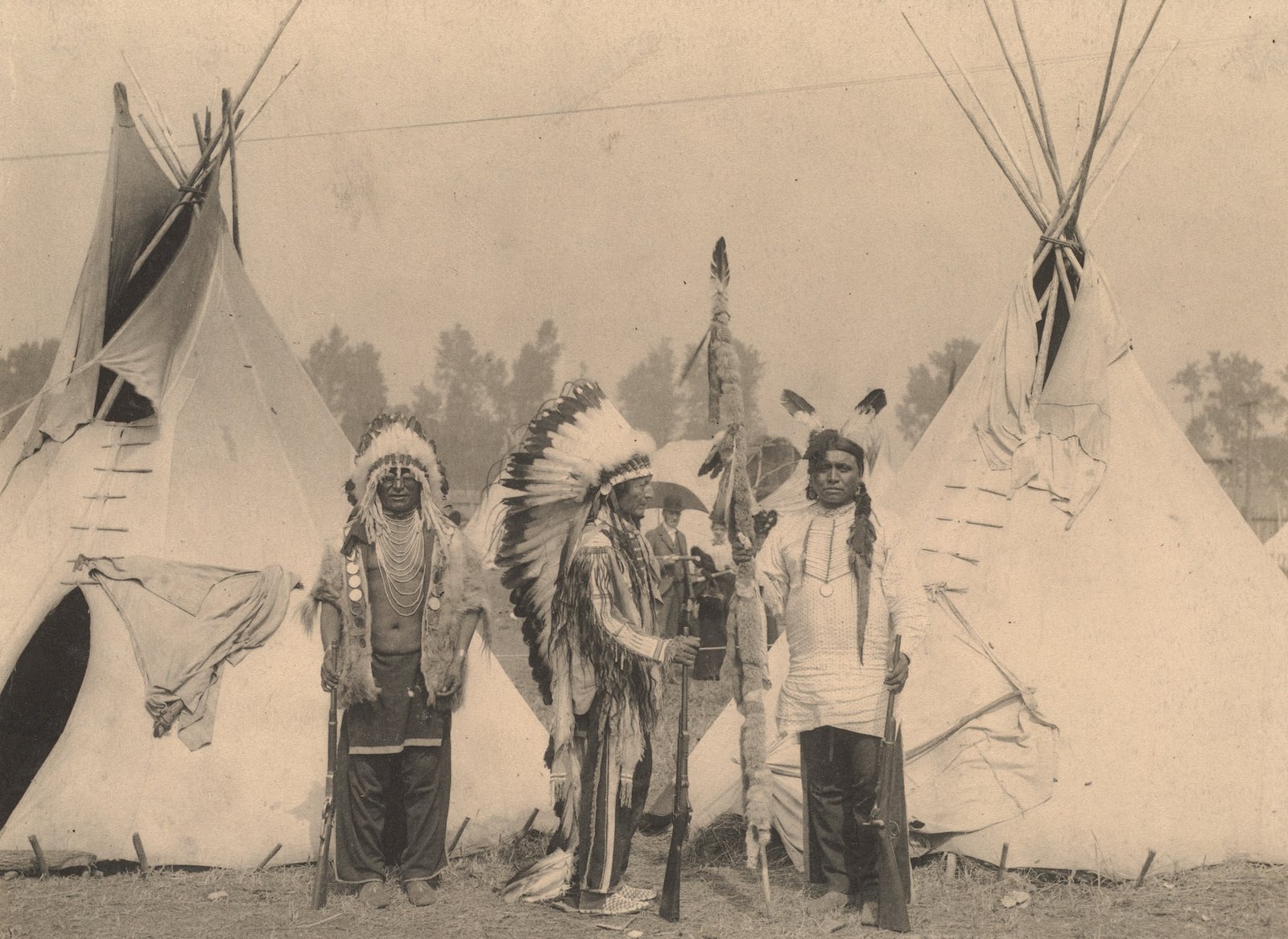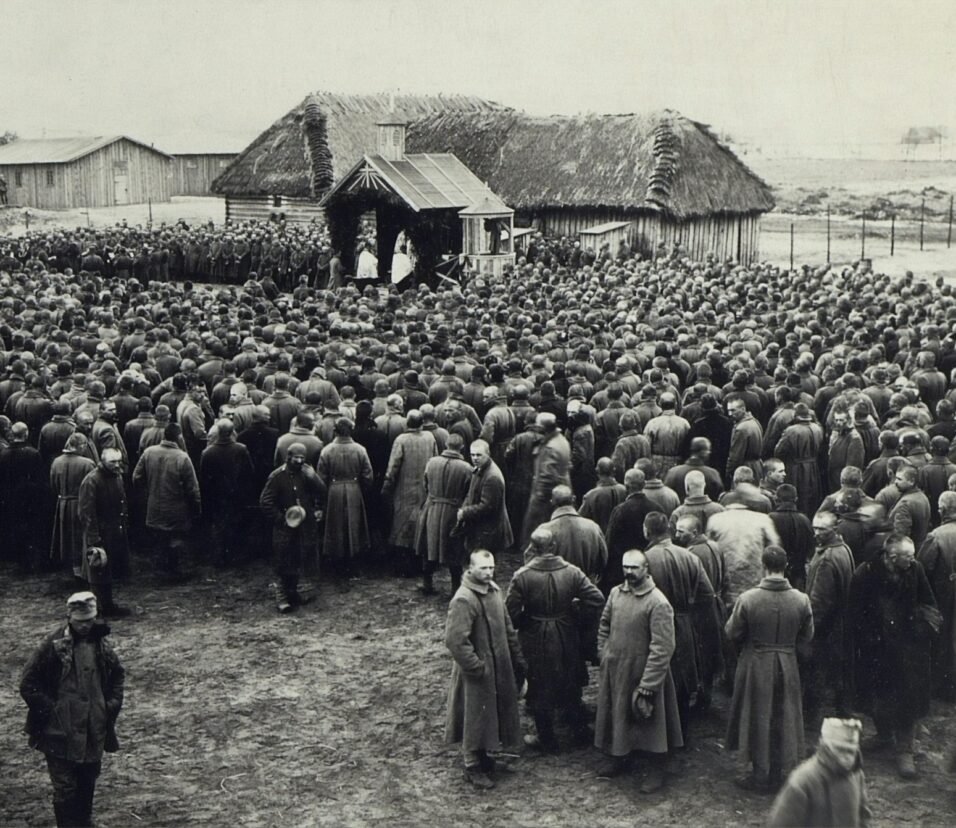The Trail of Tears
Introduction
The Trail of Tears stands as one of the darkest periods in the history of the United States, a human tragedy that remains a testament to the cost of westward expansion and manifest destiny. But what exactly transpired during this devastating episode, and why is it crucial to remember it today? Let’s dive into the complex story of this forced removal of Native Americans, primarily from the southeastern parts of the United States, to lands west of the Mississippi River.
Background: The Setting and the Tribes Involved
Before diving into the events that led to the Trail of Tears, it’s important to familiarize ourselves with the primary tribes involved. The Cherokee, Chickasaw, Choctaw, Creek, and Seminole tribes were mainly affected. These communities were agriculturalists with sophisticated political systems and a rich cultural heritage. They had also adopted several practices from European settlers, including some elements of their economic and legal systems. However, despite their adaptations, they found themselves at odds with the expanding United States.
The Policy of Indian Removal
The policy that led to the Trail of Tears was formulated under President Andrew Jackson’s administration. The 1830 Indian Removal Act sanctioned the forcible relocation of Native American tribes living in the southeastern United States. Though passed by Congress under the guise of “voluntary emigration,” the reality was much darker. The primary motivation was to free up land for white settlers and to exploit resources.
Forced Relocations: A Staggering Tragedy
Now, let’s discuss the heart-wrenching aspect of this period: the forced relocations. These were anything but humane. Entire communities were uprooted, with very little time to prepare. Their journeys were marred by disease, extreme weather conditions, and a lack of essential supplies. Many didn’t survive the journey, which involved trekking hundreds of miles, often on foot.
Consequences: Death and Suffering
It is estimated that around 4,000 Cherokee people died due to the forced removal. However, the agony didn’t just end with the journey. The lands they were moved to were not as fertile as their ancestral homes, making it difficult for these communities to adapt and thrive. Moreover, the trauma and emotional scars lingered for generations.
The Controversy: Opposing Perspectives
At the time, there were many who opposed the forced removals, including politicians like Senator Theodore Frelinghuysen and Congressman Davy Crockett. Some religious groups also spoke against the cruelty. However, their voices were drowned out by the loud demands for westward expansion.
Cultural Impact and Memory
The Trail of Tears has become an enduring symbol of the injustices perpetrated against Native Americans. The event is commemorated through various means, including educational programs, museums, and memorial sites. While it is an uncomfortable topic for many, acknowledging this dark chapter is vital for understanding the broader American narrative and ensuring such tragedies are never repeated.
The Legal Battles: Cherokee Nation vs. Georgia
An often overlooked aspect of the Trail of Tears saga is the legal resistance mounted by the Cherokee Nation. The case Cherokee Nation vs. Georgia in 1831 was a landmark legal fight where the tribe sought federal protection from Georgia’s encroachments on their land. Despite the U.S. Supreme Court ruling that the Cherokee were a “domestic, dependent nation,” President Andrew Jackson disregarded the decision, famously saying, “John Marshall has made his decision; now let him enforce it.”
Economic Impact: The Loss of Resources
Another angle to explore is the economic loss that Native American tribes suffered due to forced relocations. Lands that were once abundant with natural resources were taken over by settlers, leaving tribes to cope with harsh living conditions and less fertile soil in their new territories. This had a long-term impact on their economic viability, affecting subsequent generations.
Modern-Day Reverberations
The legacy of the Trail of Tears lives on today. Native American tribes continue to face numerous challenges, from land disputes to socioeconomic problems. The wounds of the past have not fully healed, and they manifest in various aspects of life for these communities. Therefore, it’s essential to consider the modern implications when studying this dark period in American history.
Media and Representation
How we remember the Trail of Tears is also shaped by its representation in media and popular culture. Books, documentaries, and films have attempted to capture the essence of this painful episode, but the extent to which they succeed varies. However, the increasing representation does signify a collective desire to confront and understand this challenging aspect of American history.
Conclusion
Understanding the Trail of Tears is not just an exercise in historical remembrance but a crucial lens through which we can view the ongoing challenges faced by indigenous populations. It remains a poignant reminder of the devastating impacts of expansionist policies and serves as a call for more empathic and respectful engagement with indigenous communities.
By delving into this intricate subject, we confront not just historical facts but the very moral fabric of a nation. Though the episode was horrific, its lessons are indispensable. They serve as a stern warning for future generations about the costs of reckless expansion and the importance of treating all communities with respect and dignity.
The Trail of Tears teaches us that history is not just a sequence of events but a complex interplay of humanity, decisions, and consequences. Understanding this dark chapter provides us with the tools to strive for a better and more inclusive future.
By revisiting the Trail of Tears, we do not just remember the lost lives, but we also equip ourselves with the necessary perspective to ensure that such a tragedy is never repeated. It’s a lesson in humility, compassion, and the essence of what it means to be human.
So, let this be a call to action. Let’s educate ourselves and the generations that follow, ensuring the echoes of the Trail of Tears serve as a constant reminder of the power—and the responsibilities—that come with governance and nation-building.
The Trail of Tears is not just a historical event but a mirror reflecting the imperfections of a nation. And in understanding it, we take the first step toward rectification and reconciliation.
This extensive look at the Trail of Tears provides a comprehensive understanding of its historical, social, and cultural implications. It is an important topic that warrants our attention and reflection, in the hopes that such tragedies are not forgotten and are never repeated.







